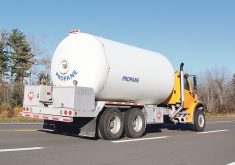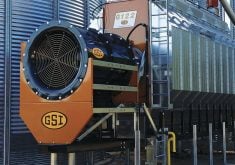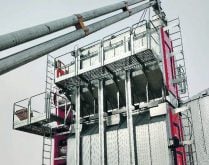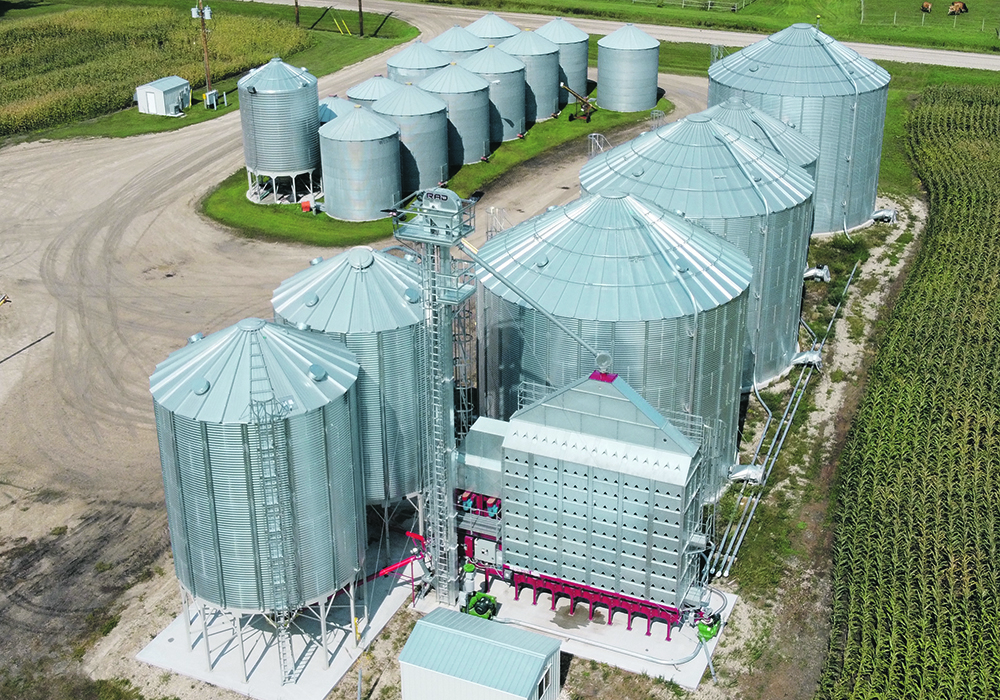Farmers pour a lot of crop and energy through grain dryers, but it’s hard to tell how well or poorly those dryers are doing.
“There’s not a lot of good, reliable data for what is the baseline,” said Charley Sprenger, an engineering researcher with the Prairie Agricultural Machinery Institute.
“What are we trying to improve efficiency-wise?”
Grain drying has become a bigger issue for farmers in recent years due to wet harvests and the spread of corn growing in Western Canada, because of much higher fuel prices, and because of worries that carbon taxes might be applied to grain drying.
Read Also

Canadian Food Inspection Agency extends chronic wasting disease control program consultation deadline
Date extended for consultation period of changes to CWD program
However, grain dryers come in all shapes, sizes, fuel sources and configurations. That creates the possibility that farmers are operating drying systems inefficiently and wasting money.
PAMI, on behalf of the Manitoba Crops Alliance, is compiling and collating existing research on grain dryers to assess their efficiency. It is testing common dryer technologies and experimenting with ways of operating drying systems to be efficient.
“There’s really no uniform or widely accepted dryer performance standard,” said Sprenger.
While much data exists, there is a lack of independent testing, as well as the problems that come from the wide range of environmental conditions in which farms across North America operate.
PAMI is comparing different dryers to perfect conditions for removing moisture from corn to see how close they get. It is examining capital costs, timing of drying, harvesting implications and other factors.
While the study is a long way from being completed, there are already some observations that could help farmers save money.
“It (can be) as simple as keeping your screens clean,” said Sprenger. Up to 12 percent of the operating costs could be saved by basic maintenance, including keeping burners clean and removing debris from around fans.
The way bins and drying systems are arranged could also have a big impact. That is being investigated.
PAMI is looking at heat recovery, comparing propane to natural gas costs, different fan systems, adjustable controls and other choices engineers and farmers could consider.
















